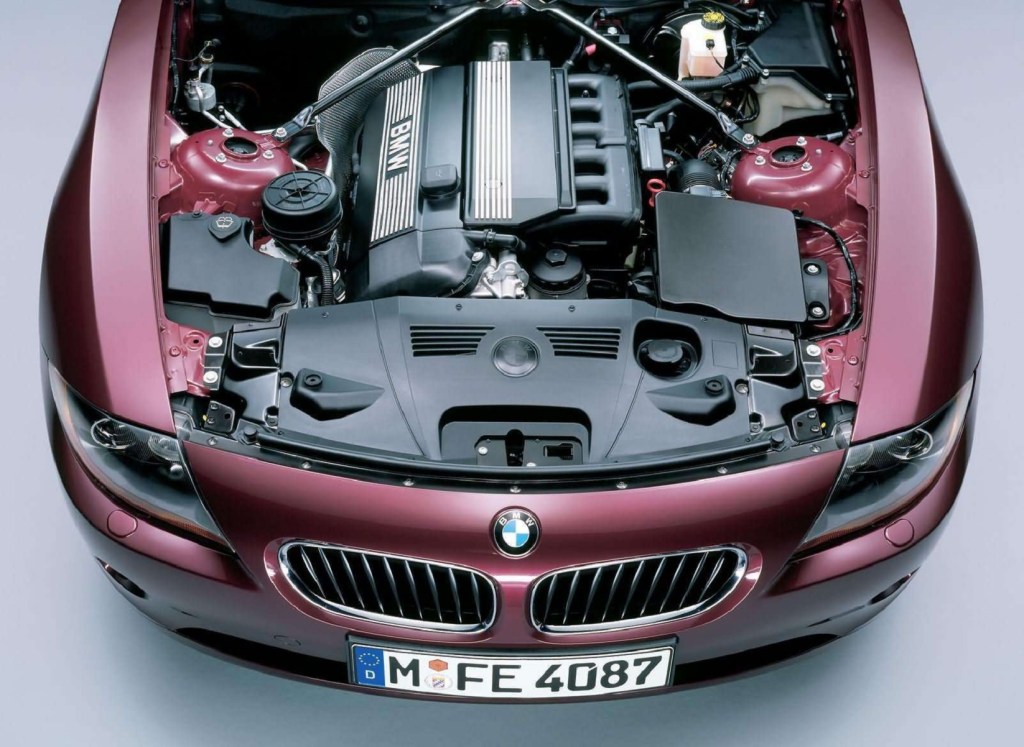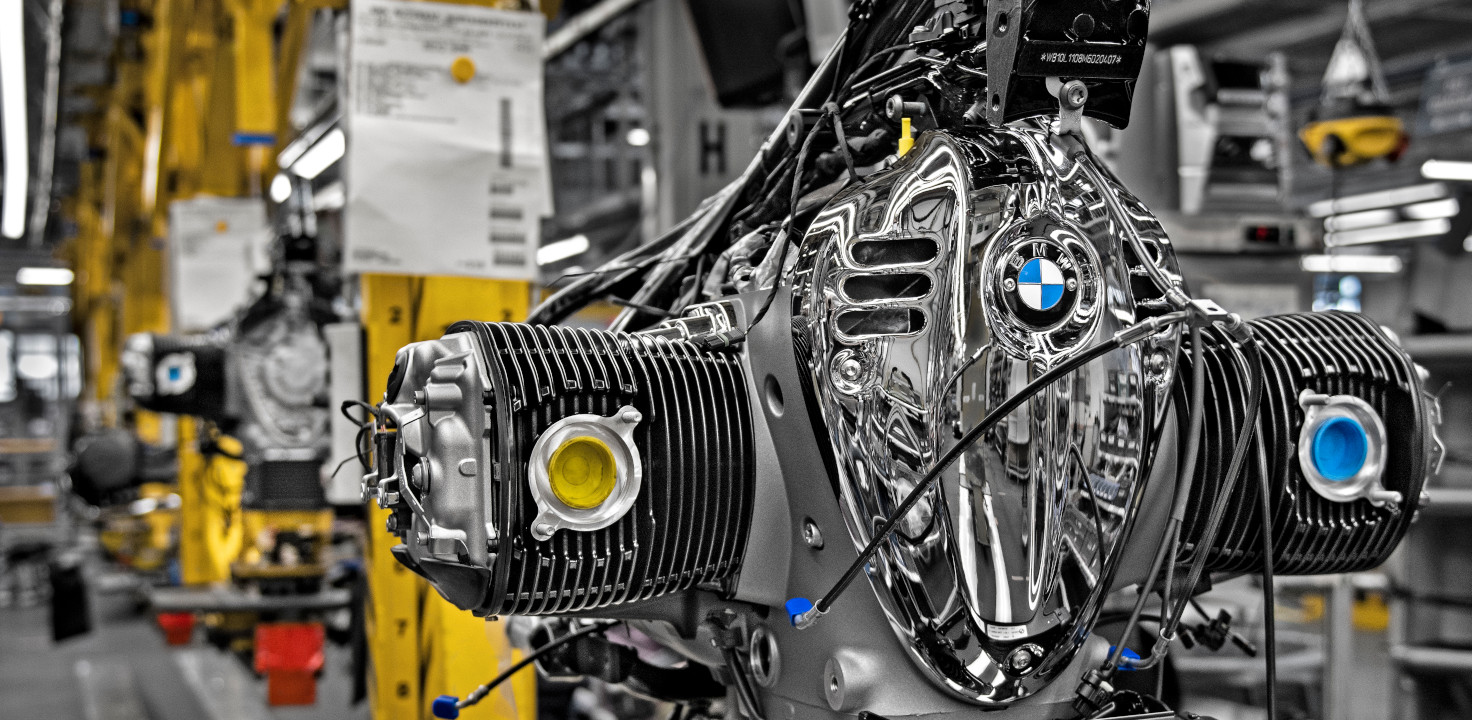The Evolution of the BMW Engine: A Recall at Iconic Designs
The Evolution of the BMW Engine: A Recall at Iconic Designs
Blog Article
Exploring the Development of Combustion Engines in Modern Transport Equipments
As we browse the landscape of contemporary transportation, the advancement of combustion engines stands as a testament to human ingenuity and engineering prowess. From their humble beginnings to the sophisticated powerhouses thrusting cars today, combustion engines have undergone a remarkable trip of innovation and adjustment. Comprehending the intricacies of this evolution not only sheds light on the past but additionally leads the way for imagining what lies in advance in the world of transportation modern technology. The interaction of background, innovation, and environmental concerns in forming the trajectory of burning engines produces a story that is both informative and engaging.
Very Early Beginnings of Combustion Engines
Exactly how did the concept of burning engines first arise in the onset of transport advancement? When the principles of inner burning were very first explored, the origins of burning engines can be mapped back to the 17th century. In 1673, Christian Huygens conceived a fundamental inner burning engine that utilized gunpowder to create power. It had not been till the late 19th century that functional applications of burning engines in transportation started to arise.
The advancement moment came with the development of the first effective gasoline-powered engine by Karl Benz in 1885 - bmw engine. This engine paved the means for the development of the modern car, revolutionizing transportation systems worldwide. Succeeding advancements by Nikolaus Otto and Gottlieb Daimler further refined combustion engine innovation, leading to the mass production of cars and the quick development of the transportation market
These very early burning engines were identified by their simpleness and performance, laying the structure for the facility and effective engines utilized in contemporary transport systems. The development of burning engines has actually contributed fit the means we take a trip and deliver items, noting a substantial milestone in the history of transportation growth.
Change to Internal Combustion Technology
The transition to inner burning innovation noted an essential shift in the evolution of transport systems. This change began in the late 19th century, with inventors like Nikolaus Otto and Gottlieb Daimler developing the initial successful interior combustion engines. These engines revolutionized transport by using a more reliable and effective option to steam engines and electrical motors.
Among the crucial advantages of inner combustion engines was their ability to be reduced to fit into lorries, causing the development of autos and motorbikes. This change from bulky, fixed engines to compact, mobile ones led the way for the contemporary transport systems we see today.
The shift to internal burning technology also spurred advancements in fuel innovation, causing the advancement of gas and diesel as primary fuel resources for lorries. This change not just made transportation much more available to the masses yet also laid the structure for the oil and gas sector to end up being indispensable to worldwide economic situations.
Impact of Combustion Engines on Transport
The adoption of combustion engines in transport systems militarized a profound shift in the performance and speed of global movement. Burning engines changed transportation by offering a flexible and reliable source of power for different lorries, including automobiles, vehicles, airplanes, and ships. This technology considerably improved the capability for individuals and items to move over long ranges in much shorter timespan, causing raised connection in between areas and countries.
In addition, the prevalent usage of burning engines has actually had a considerable effect on economic development. The ability to carry products effectively has spurred profession and business, allowing companies to expand their markets and reach customers worldwide. This has actually promoted financial growth and globalization, as products can currently be click here to find out more transported much faster and in bigger amounts than ever.
Nevertheless, the environmental impact of burning engines can not be ignored. The combustion of fossil fuels has actually brought about air pollution and greenhouse gas emissions, adding to environment modification and positioning health threats to populaces. bmw engine. Consequently, there is a growing focus on establishing alternative propulsion technologies to minimize these adverse impacts and create an extra sustainable future for transportation
Technologies in Combustion Engine Layout
One noteworthy advancement is the advancement of turbocharged engines, which utilize exhaust gases to drive a wind turbine that compresses incoming air, permitting for more gas to be charred, resulting in boosted power outcome without a considerable increase in engine size. Variable shutoff timing systems have actually additionally reinvented engine style by enhancing airflow at different engine rates, boosting both power and effectiveness. These advancements collectively contribute to the continual renovation of burning engines in contemporary transport systems.
Future Trends in Burning Engine Advancement
With innovation advancements driving continual development, the future of burning engine development is positioned to reinvent transport systems worldwide. One of the crucial trends in burning engine development is the push towards higher efficiency learn the facts here now and minimized discharges.
An additional prominent pattern is the fostering of crossbreed modern technologies in burning engines. Crossbreed engines combine conventional combustion technology with electrical power, using boosted fuel efficiency and lower discharges. As the vehicle industry changes towards electrification, crossbreed burning engines are viewed as a transitional solution that connects the void between conventional automobiles and completely electrical ones.
Additionally, the assimilation of smart modern technologies, such as expert system and data analytics, is anticipated to play a substantial duty in the future of burning engine development. These technologies can maximize engine performance in real-time, leading to more effective combustion procedures and improved overall car performance. Accepting these future fads will not just drive technology in burning engine growth but likewise contribute to a much more eco pleasant and lasting transport ecosystem.

Conclusion
Finally, the development of burning engines in contemporary transport systems has actually been noted by considerable innovations in technology and design. From the early starts of burning engines to the transition to interior burning innovation, these engines have actually had a profound effect on transportation. Developments in combustion engine design proceed to drive progression in this area, with why not find out more future patterns concentrating on additional enhancing effectiveness and decreasing discharges. The future of combustion engines in transport looks appealing as research study and development initiatives remain to push boundaries.
The roots of combustion engines can be mapped back to the 17th century when the concepts of interior burning were very first explored. These engines revolutionized transport by using a more powerful and efficient option to steam engines and electrical motors.

Report this page